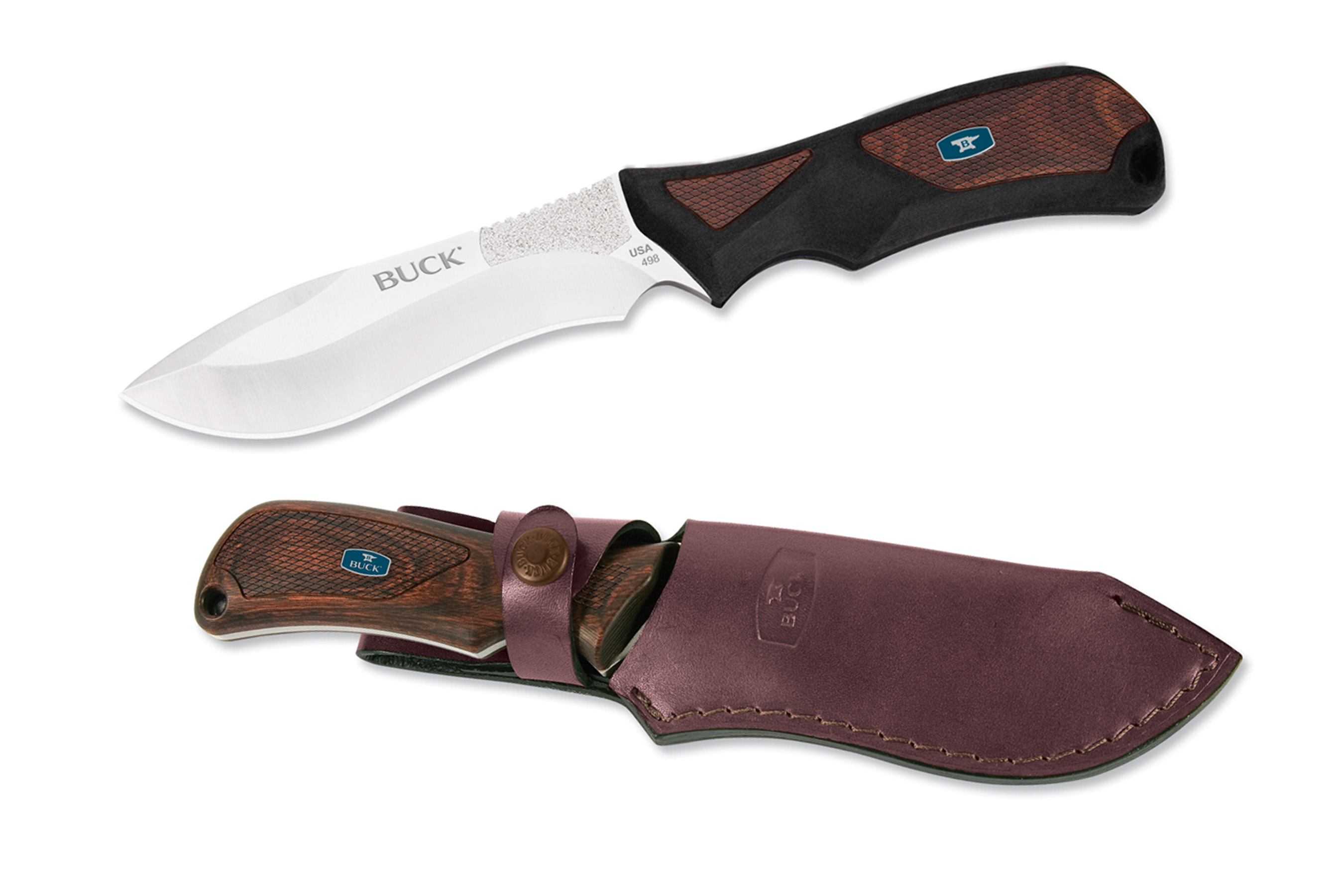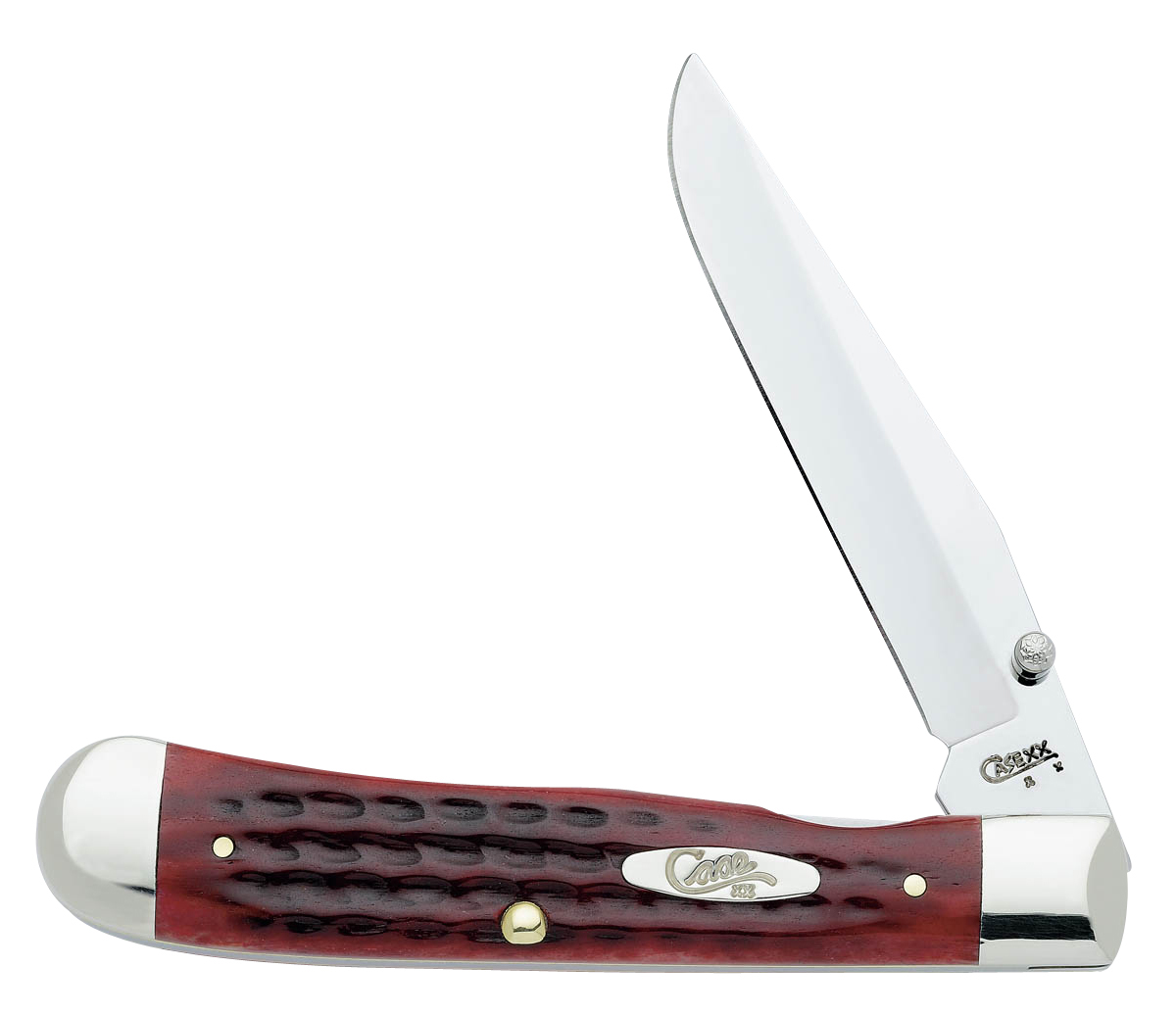There's a Knife for That
Literally thousands of different blades, funky handles and an assortment of sheaths can make a simple mission to buy a knife suddenly seem daunting.
Your first step should take you back to basics. What’s the knife going to be used for? There are knives for field dressing, skinning, butchering and, of course, the kitchen. The more you use various knives, the more you’ll learn what works and doesn’t work for you.
Field dressing knives
Big game
Your best bet: a solid, traditional fixed-blade hunting knife.
With the blade running through the handle and no moving parts, a fixed-blade is made for field dressing your deer, elk, moose or other big game.
A thick, curved blade about four inches long works well. Look for a stout spine and a non-slip handle, as it’ll get messy (fixed blades are a cinch to clean compared to folding knives). Bigger and sturdier can be useful if you’re quartering your large animal to pack it out.
TIP: A gut hook is super useful. You can start an incision with a regular blade, then use the gut hook to extend the incision without puncturing the animal's insides.
Small game
When hunting small game and birds, consider a quality folding knife with a clip-point blade (thinner and flatter with a more well-defined point). The smaller stature is just right for handling birds. Folding knives are also lightweight, fit nicely in a pocket, and most you can open with one hand.


Skinning knives
When it comes time to pulling the skin off your big game animal, your fixed-blade hunting knife will work just fine – or you can get a bit specialized and pick up a skinning knife. This knife has a narrower tip and curved belly, and a blade that really holds its edge. Quality steel matters – cutting through hair and skin is rough on a blade. A quality blade will hold an edge after repeated uses.
Butchering knives
Breaking down your animal, you want a knife that cuts along and around bone. While you can do this with your hunting or skinning knife – a boning knife makes it easier and with less meat wasted. This knife has a longer, narrower and more flexible blade, made for separating meat and bone. A 5 to 6 or 6.5-inch blade works nicely. Look for one with a comfortable, non-slip grip.
TIP: Keep a knife sharpener on hand to keep the blade sharp.

Boning Knife
In the kitchen
Once the meat is off the bone and you’re turning it into food, what’s the best knife to use? Save your hunting knife for the field: an all-round, multi-purpose Chef’s knife will serve you well in the kitchen. With a precise, sharp blade, you can easily cut off trim and the silver skin for the tastiest cuts of meat you did yourself! Four, 6 or 8-inch blade – use what works for you.
The #1 tip?
Pick up each knife. Notice the feel in your hand. There is a dizzying assortment of knives to choose from, so if simply doesn’t feel right, keep looking!





